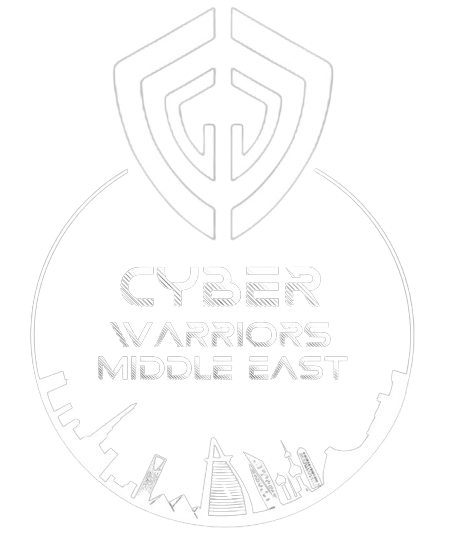Major International Crackdown On Dark Web Crimes
Operation RapTor Unveils Widespread Criminal Networks
A significant coalition of law enforcement agencies recently conducted a sweeping operation that uncovered and apprehended 270 individuals involved in dark web crime across ten countries. The operation, known as Operation RapTor, resulted in the seizure of substantial assets, including millions of euros in cash and cryptocurrency, over two tonnes of illicit drugs, and more than 180 firearms, according to Europol.
Targeting Trafficking Networks
Operation RapTor specifically aimed at dismantling networks engaged in the trafficking of drugs, weapons, and counterfeit goods. These operations often hide behind layers of encryption and utilize cryptocurrency for transactions. The identification of the suspects was facilitated by intelligence gathered following the takedown of major dark web marketplaces: Nemesis, Tor2Door, Bohemia, and Kingdom Markets. This coordinated effort has marked a notable achievement in the ongoing fight against online crime.
Law Enforcement’s Message: No One Is Above the Law
Edvardas Šileris, who oversees Europol’s European Cybercrime Centre, remarked on the operation’s significance. "Operation RapTor demonstrates that the dark web is not beyond the reach of law enforcement," he stated. The initiative involved close cooperation and intelligence sharing among officers across four continents, aiming to send a clear warning to those attempting to evade justice through anonymity.
Countries Involved in the Crackdown
The arrests spanned multiple countries, highlighting the global nature of this dark web operation. The United States accounted for the highest number of arrests, with 130 suspects detained. Other countries included Germany with 42 arrests, the United Kingdom with 37, France with 29, and South Korea with 19. Additionally, Austria and the Netherlands each recorded four arrests, while Brazil had three. Switzerland and Spain contributed with one arrest each.
A Significant Seizure
Alongside the arrests, authorities managed to confiscate a staggering amount of illegal goods and assets. This included over €184 million ($207.58 million) in cash and cryptocurrencies, more than two tonnes of various drugs such as amphetamines, cocaine, and opioids, in addition to 180 firearms and counterfeit goods. Furthermore, over four tonnes of illegal tobacco were also seized. Officials regard these recoveries as a substantial disruption to existing dark web criminal supply chains.
Collaborative Efforts by Europol
Europol played a crucial role in supporting this extensive operation through the analysis of intelligence derived from seized marketplaces, working closely with national authorities via its Joint Cybercrime Action Taskforce. This effort built upon the success of Operation SpecTor, conducted the previous year, which led to 288 arrests and ongoing investigations into related criminal activities.
The Importance of Coordination
European Commissioner for Internal Affairs and Migration, Magnus Brunner, commended the operation as a clear indication that criminal organizations operate across borders, both online and offline. He emphasized the necessity of coordinated enforcement actions and robust support for law enforcement to combat these evolving threats effectively in our increasingly digital world.
Shifting Trends in Dark Web Activity
Europol noted that criminals are adapting to law enforcement strategies by transitioning towards smaller, single-vendor shops on the dark web to elude detection. While illegal drugs continue to be the primary commodities traded, there has been a notable uptick in prescription drug trafficking and scams involving fake services, including false hitman offers.
A Message to Criminals: No Safe Haven
Despite the changing landscape of dark web crime, Europol remains resolute in its message: no criminal platform is impervious to international law enforcement cooperation. The ongoing efforts by agencies worldwide reflect a commitment to dismantling these illicit networks and fortifying the foundations of a secure digital environment.



